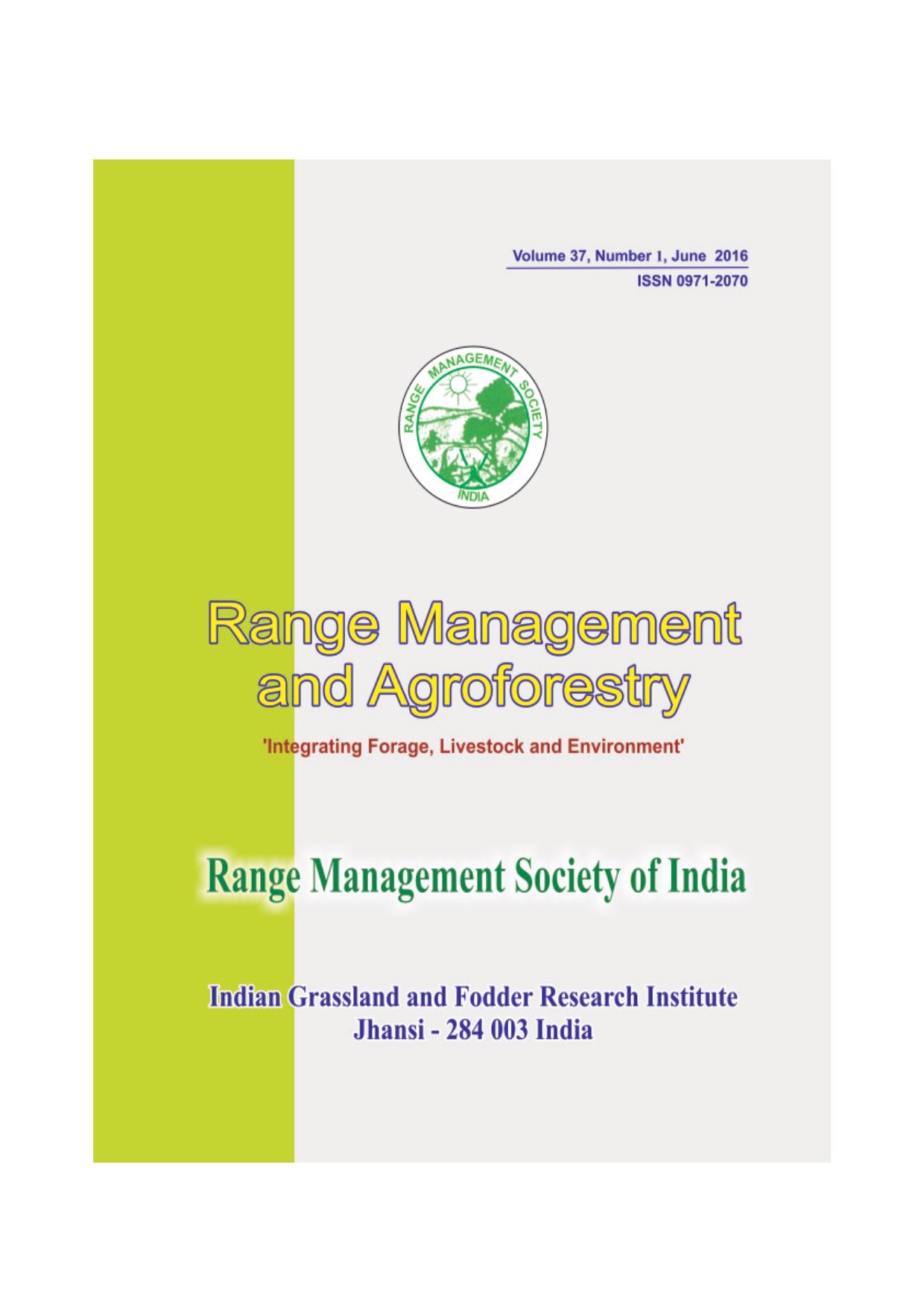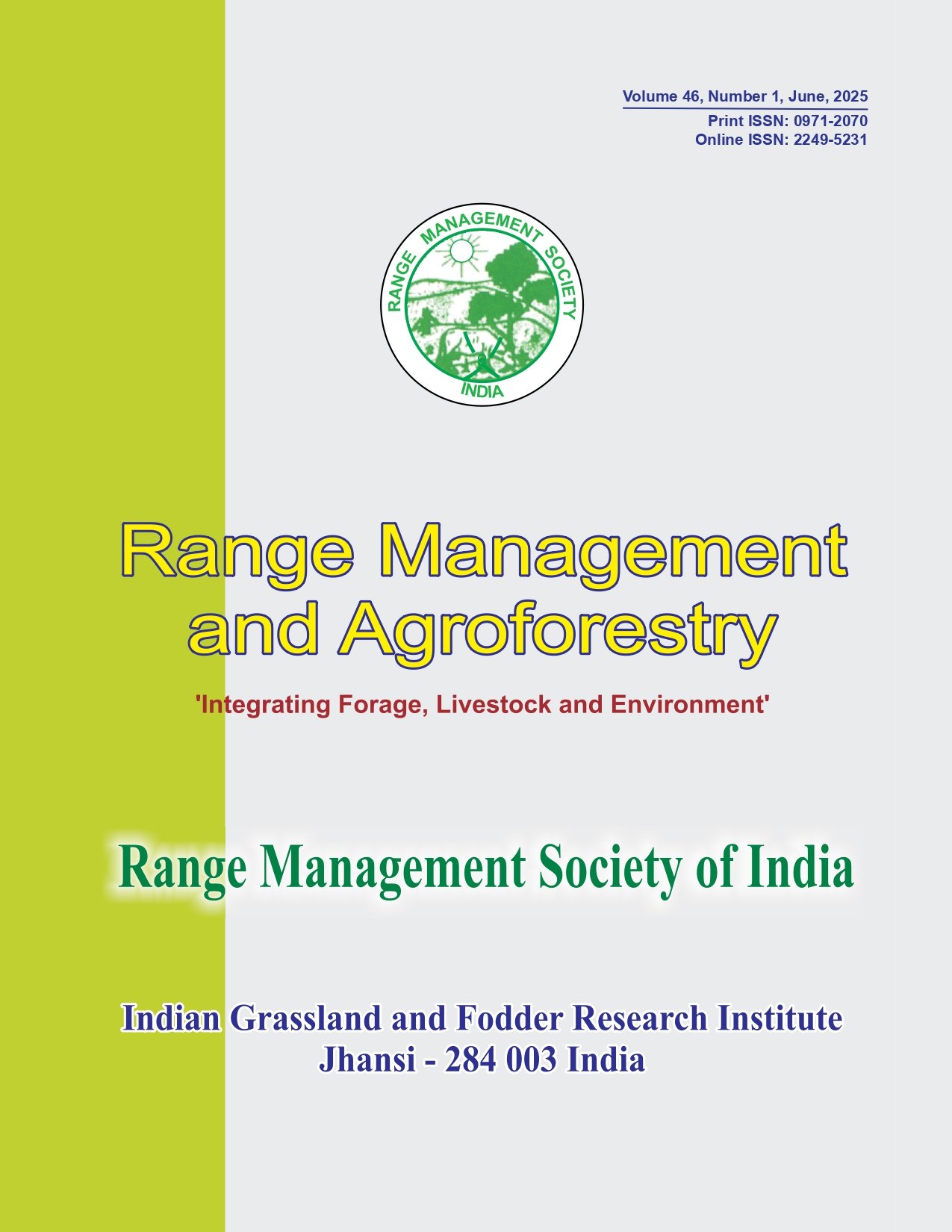Effect of cultivar, nitrogen application rate and stage of harvesting on yield and nutritive value of perennial ryegrass (Lolium perenne L.)
Keywords:
Crude protein, Fibre, Minerals, Nitrogen fertilizer, Perennial ryegrass, Simulated ruminal fermentationAbstract
This experiment consisted of a factorial combination of seven perennial ryegrass cultivars, two levels of nitrogen fertilizer (30 and 60 kg ha-1), and three harvesting stages (60, 75 and 90 days after planting; DAP) and arranged in a split-plot randomized complete block design. Harvested herbage was chemically analysed and fermented with bovine rumen fluid using the Reading Pressure Technique and the ANKOM Daisy incubator. All the three factors significantly (P<0.05) influenced DM yield. Differences between cultivars were observed in CP and fibre contents as well as in the rate of in vitro ruminal gas production from the b fraction (c), which ranged from 6.2 %/h (Bronsyn) to 5.5 %/h (Fitzroy). Ryegrass pastures harvested at 60 DAP had the highest (P < 0.05) iDMD (913.5 g/kg DM) and ME (14.0 MJ/kg DM) while those harvested at 90 DAP had the least iDMD (846.7 g/kg DM) and ME (12.9 MJ/kg DM). All cultivars had adequate Ca, Mg, P, Cu and Zn levels to meet the normal animal requirements, however, K, Fe and Mn were found to be in excess. Higher biomass yield is always desirable in low-input production systems where fluctuation in quantity of feed resources is a major limiting factor. Therefore, it was concluded that the high yielding cultivars, Fitzroy (2.8 tons/ha), Samson (2.8 tons/ha), Bealey (2.7 tons/ha) or Bronsyn (2.6 tons/ha) may be preferred for cultivation. A farmer can also choose to harvest at 90 DAP in order to maximize biomass yield at the cost of digestibility.




